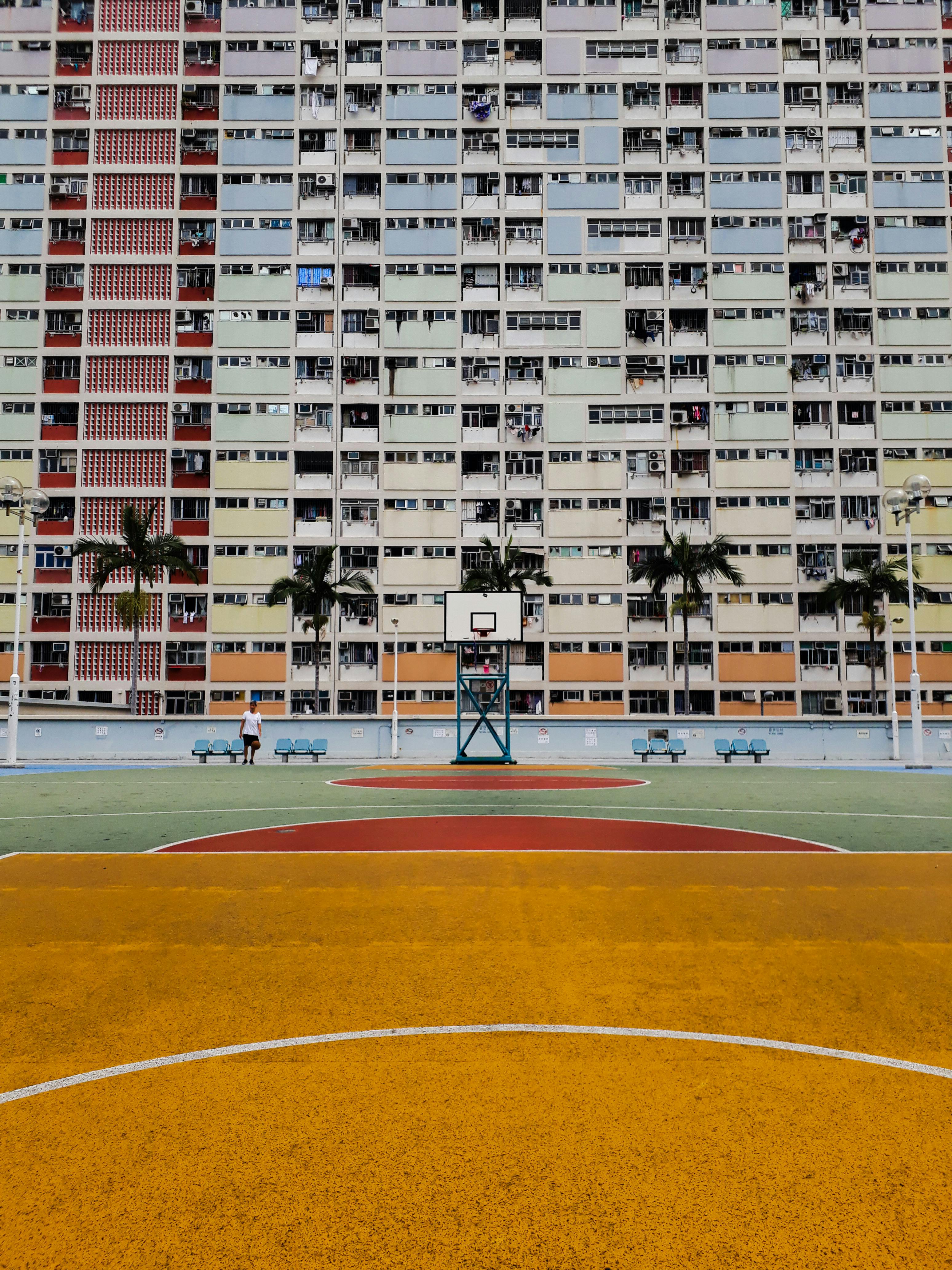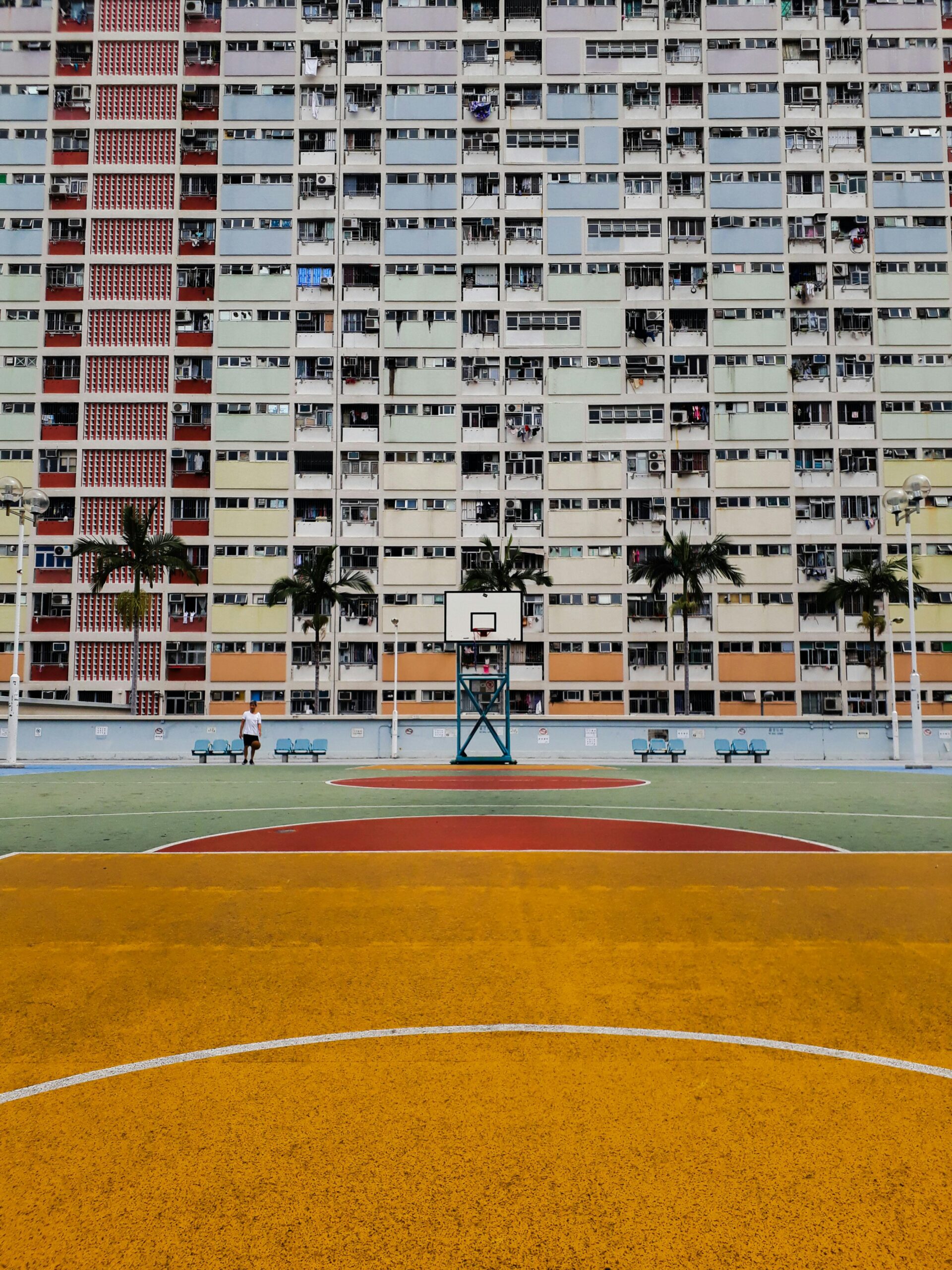Mastering Tropic Sports: Your Ultimate Guide to Success
In the world of sports, few environments present as unique challenges and rewards as the tropics. From humidity and extreme heat to vibrant natural landscapes, tropic sports require specialized knowledge and skills. In this comprehensive guide, we will explore the essentials of succeeding in tropical sports environments, providing practical advice, strategies, and tools for thriving in these conditions.

Understanding the Fundamentals of Tropic Sports
Before diving into the specifics of tropic sports, it’s essential to understand the unique environmental factors that shape these activities. Sports in tropical climates are influenced by high temperatures, humidity, and the potential for sudden weather changes. These conditions can drastically impact performance, requiring athletes to adapt their strategies and gear.
Historically, tropical sports have evolved to include activities that capitalize on the natural surroundings, from surfing and kayaking to beach volleyball and mountain biking. The primary challenge in these regions is managing heat and humidity while maintaining peak performance. Understanding this dynamic is crucial for anyone looking to succeed in tropical sports.
1.1 The Importance of Climate Adaptation
Adapting to the climate is the first step toward thriving in tropic sports. Heat and humidity can quickly dehydrate athletes, causing fatigue and reducing overall performance. Proper hydration and cooling techniques are vital for avoiding heat exhaustion. For example, athletes often incorporate electrolyte-rich drinks and cooling vests to combat these challenges.
Studies show that athletes performing in hot climates can lose up to 3 liters of sweat per hour, leading to a significant loss of essential minerals and hydration. Understanding how to replace these fluids and maintain energy levels is key to long-lasting performance in tropical conditions.
1.2 Gear and Equipment for the Tropics
The right gear is indispensable for athletes competing in tropic sports. Lightweight, moisture-wicking clothing, sun protection, and specialized footwear can make all the difference in performance and comfort. For instance, many tropical sports require specialized footwear that offers both comfort and grip in wet conditions, like water-resistant shoes for kayaking or running shoes with proper drainage for beach sports.
Additionally, using sunscreen, sunglasses, and hats to protect against the sun’s harsh rays is vital for preventing heat-related injuries. It’s also worth noting that clothing should be designed to breathe, allowing sweat to evaporate while still offering protection from sunburn.
Practical Implementation Guide for Tropical Sports
Now that we have covered the fundamentals, let’s delve into how you can practically apply this knowledge to your tropic sports endeavors. Whether you are an amateur or a seasoned professional, there are specific steps you can take to optimize your performance in the tropics.

2.1 Actionable Steps for Success
- Step 1: Focus on Hydration: Ensure you drink plenty of fluids before, during, and after exercise. Hydration helps prevent heat stroke and keeps energy levels high.
- Step 2: Adjust Your Training Schedule: Plan training sessions during cooler times of the day, such as early morning or late evening, to avoid peak sun and heat.
- Step 3: Use the Right Gear: Invest in moisture-wicking clothing, sun protection, and high-performance footwear suitable for your sport.
2.2 Overcoming Common Challenges in Tropic Sports
While the tropics offer a unique backdrop for sports, they also present a set of challenges. Some of the most common obstacles include intense heat, humidity, and unexpected weather changes. Here are a few strategies to help you overcome these hurdles:
- Heat Management: Always have cooling products on hand, like misting fans or portable cooling towels, to manage body temperature.
- Dealing with Humidity: Wear breathable fabrics that promote air circulation and moisture wicking to prevent chafing and overheating.
- Unexpected Weather: Stay prepared for sudden rainstorms or storms by packing rain gear and adjusting your schedule accordingly.
Expert athletes recommend regular acclimatization in tropical climates, allowing your body to adjust over time, which helps you avoid overexertion and dehydration.
Advanced Applications in Tropic Sports
Once you’ve mastered the basics, it’s time to explore advanced techniques for maximizing your performance in tropical environments. These strategies go beyond hydration and gear, diving into more sophisticated tactics that experienced athletes use to gain an edge in tropic sports.

3.1 High-Performance Training Techniques
For elite athletes, optimizing performance in hot and humid conditions requires advanced training methods. One such method is heat acclimatization, which involves gradually exposing the body to higher temperatures over several days. This approach trains the body to cope with increased heat stress and improves endurance.
Additionally, incorporating interval training in hot weather can increase cardiovascular efficiency, preparing your body to perform in tropical environments. Studies have shown that athletes who train in heat perform better under similar conditions during competition.
3.2 Integrating Technology and Monitoring Systems
Advanced athletes often use technology to monitor their performance in extreme conditions. Wearable devices that track heart rate, body temperature, and hydration levels provide real-time data to optimize performance and avoid overexertion.
These systems can alert athletes when they are reaching unsafe thresholds, allowing them to adjust their training or rest accordingly. By integrating technology, athletes can fine-tune their routines for better outcomes in tropic sports.
Future Outlook for Tropic Sports
As the popularity of outdoor sports in tropical regions continues to rise, we expect to see innovations that help athletes manage the unique challenges of these environments. Future technologies may include advanced cooling systems, more efficient hydration methods, and sports gear designed to withstand even the harshest conditions.
The next 3-5 years could bring new breakthroughs in sports performance, making it easier than ever to excel in tropic sports while minimizing risks related to heat and humidity.
Conclusion
Successfully navigating the world of tropic sports requires a combination of understanding environmental challenges, adapting your strategies, and using the right gear and techniques. Whether you’re just starting out or looking to take your performance to the next level, this guide has provided you with the tools to thrive.
Ready to get started? Begin by focusing on hydration, adjusting your schedule, and selecting the right gear for your tropical sport. The tropical environment offers both challenges and rewards—embrace them and take your sports performance to new heights.
Frequently Asked Questions
- Q: What is the best time to train for sports in tropical climates? Train during early mornings or late evenings when the temperatures are lower.
- Q: How can I stay hydrated during intense heat? Drink water consistently, incorporating electrolytes to replace lost minerals.
- Q: How long does it take to acclimatize to tropical weather? It usually takes about 7-10 days of gradual exposure to heat and humidity.
- Q: What’s the cost of specialized tropical sports gear? Prices vary depending on the sport, but expect to spend between $50 to $200 for quality gear.
- Q: How does training in the heat compare to cooler environments? Training in the heat builds endurance but requires careful monitoring of hydration and temperature.
- Q: Is it safe to train in extreme heat? Yes, with proper precautions like hydration, cooling techniques, and acclimatization.
- Q: Can I use tropical sports techniques in other climates? Yes, many techniques, like interval training, are effective in various climates.
